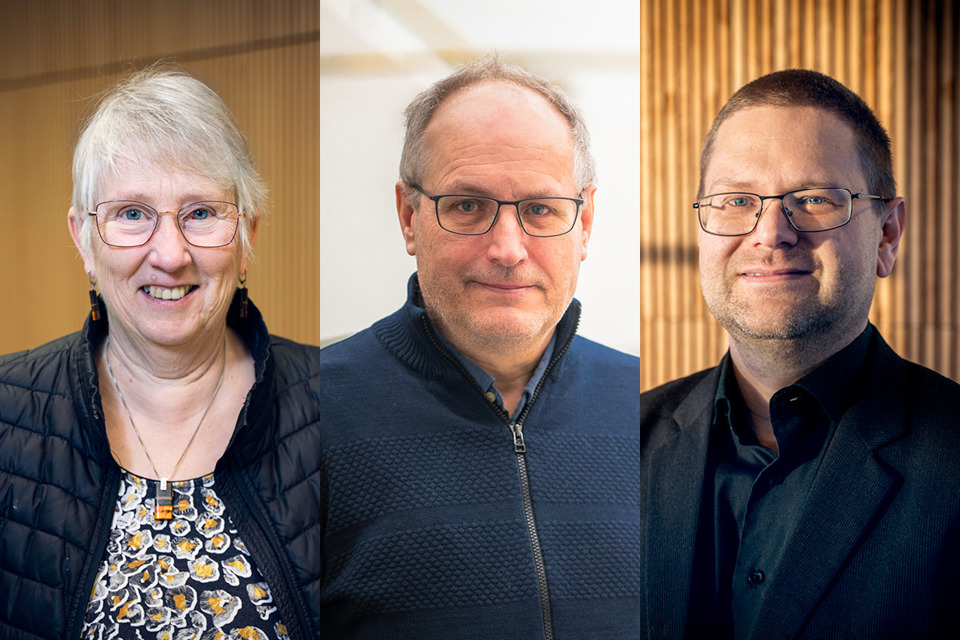"You may be lucky, of course, but I don't like to base my research strategy on luck. You can easily be facing a five percent success rate, so if you’re looking for quick funding then the EU is not your solution," he says.
Peter Nielsen estimates that he spends approximately 60 percent of his work time on EU-related tasks, but his EU applications also have a success rate that is "well above 50 percent". His research group is currently working on five different research projects funded by the EU, with a new one starting in May.
It has taken Peter Nielsen a few years and a dedicated effort to create a strong network in the EU, which means that today he is in demand when it comes to providing input to the programmes and establishing the winning project partnerships.
Be proactive and show up
Peter Nielsen's involvement in EU work started in earnest in 2018 when he was appointed to an expert group and at the same time began evaluating projects. Subsequently, in 2021, he was appointed to be one of four Danish programme committee members in the civil security programme, Civil Security for Society, under the Horizon 2020 framework programme. The task was to attend to Denmark's interests in terms of the content of the individual work programmes. He pounced when new opportunities and coffee meetings presented themselves, and his network and his sense of EU processes quickly began to grow.
"Get involved and show up. If you know there's a new programme you're interested in coming soon, show up for the European Commission's Information Days. Take part in selected, relevant events. Ask our EU Office for advice on how to get involved," says Peter Nielsen.
Use the EU Office
The AAU EU Office has been the 'way into the EU' for several other AAU researchers, including Professor Birgitte Bak-Jensen, Department of Energy. She was part of an interdisciplinary group of researchers at AAU's then TECH-NAT faculty that in 2014 was contacted by Charlotte Pedersen Jacobsen who heads the AAU EU Office in Brussels. She had obtained a draft call text for the EU's work programme for energy technologies and asked Birgitte Bak-Jensen and her colleagues to comment on the content with an AAU lens. Was there something missing? Were the research topics relevant and up to date?
"We were very active and provided a lot of input to the text. When the final call text came three or four years later, many of the inputs we had provided were mentioned in the text. This made it much easier for us to produce a good research application, because the call text specifically mentioned some of the areas we had worked on ourselves," says Birgitte Bak-Jensen.
In the years that followed, she received a positive response to two EU applications, which gave AAU the role of project manager on projects totalling more than DKK 30 million.
